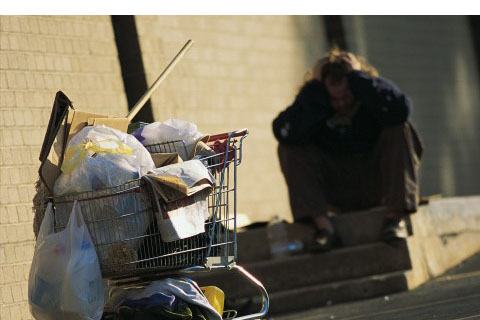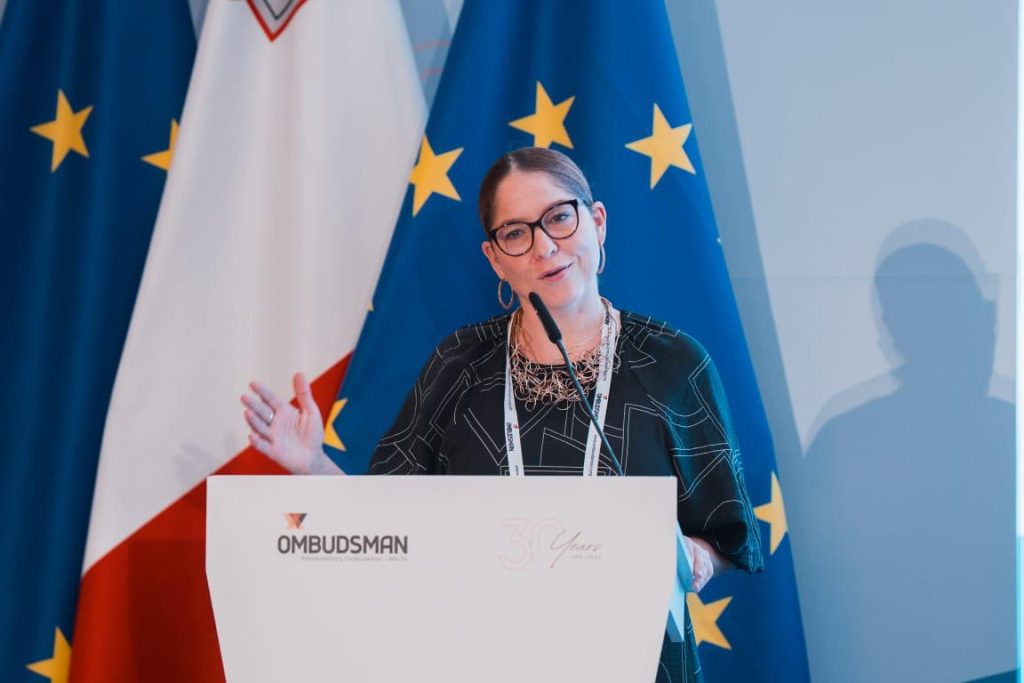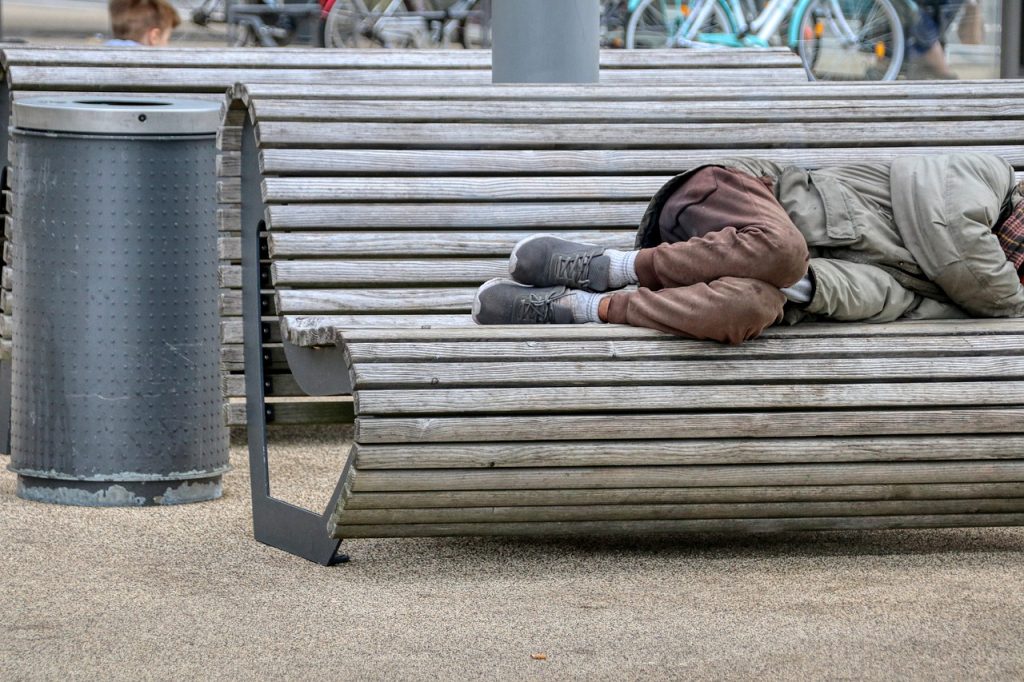The World Day of Social Justice was established by the United Nations in 2007 and is marked every year on February 20. As one of the foundations of social progress, social justice entails combatting poverty and ensuring equal opportunities in employment, education and other areas of life for all individuals. This is possible only through the respect for human rights and the equality of all members of society.
In Croatia, a large number of people continue to live at risk of poverty – according to the Croatian Bureau of Statistics, the at-risk-of-poverty rate in 2022 stood at 18 percent. This means that nearly 700,000 citizens had an income below the at-risk-of-poverty threshold, which in 2022 amounted to, for example, EUR 438 per month for a single-person household and EUR 920 per month for a family with two children.
It is crucial to provide appropriate support to the poorest citizens, primarily through adequate financial benefits aimed at helping them meet their basic needs, but also as a means of enabling their exit from poverty. The key benefit in the social welfare system intended to achieve this is the guaranteed minimum benefit.
In 2023, the calculation base for this benefit was EUR 132.72, and from the beginning of 2024, it was raised to EUR 150—a positive development. However, the increase of EUR 17.28, or 13 percent, is insufficient when compared with rising living costs, inflation, and other economic factors that should be taken into account when determining the amounts of social benefits.
Precisely because the amount of the guaranteed minimum benefit is too low to cover even the most basic needs—let alone to ensure a dignified life—many citizens continue to contact our institution. For this reason, the Ombudswoman, Tena Šimonović Einwalter, recommended to the competent Ministry of Labour, Pension System, Family and Social Policy that the base used to calculate the guaranteed minimum benefit be increased.
A study by the Institute of Economics, which analysed the effects of inflation on households by income level, showed that over a 20-year period ending in 2021—even before the significant inflation of 2022—the prices of food and utilities, which take up a larger share of poor households’ consumption, had risen above average. It also showed that the cost of a consumer basket for the poorest 10 percent of households is as much as 10.8 percent higher than for the richest 10 percent, meaning that inflation affects poor households more severely and more persistently
In order for the guaranteed minimum benefit to fulfil its intended purpose—ensuring a life in dignity for the most vulnerable groups—its amount should be linked to the at-risk-of-poverty threshold or to the minimum wage. In addition, the calculation base should be adjusted by taking into account the inflation rate applicable to poor households, as highlighted by the Ombudswoman. It is also necessary to introduce clear parameters for the annual adjustment of the base for the guaranteed minimum benefit—parameters that are currently lacking.





